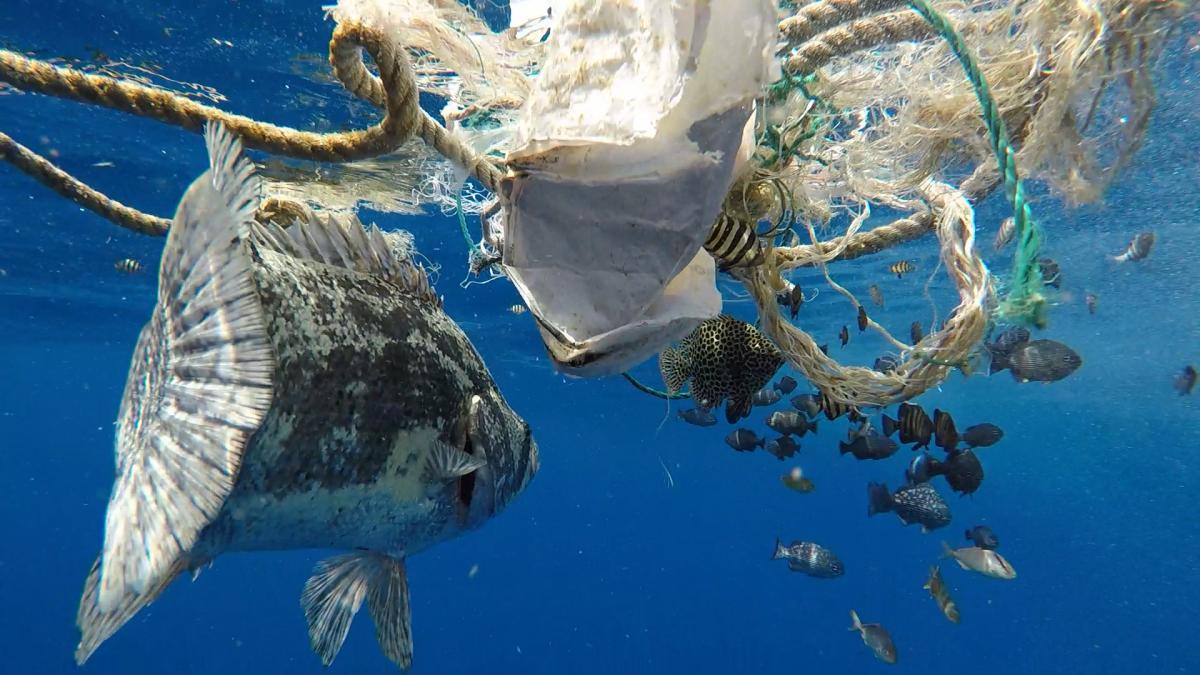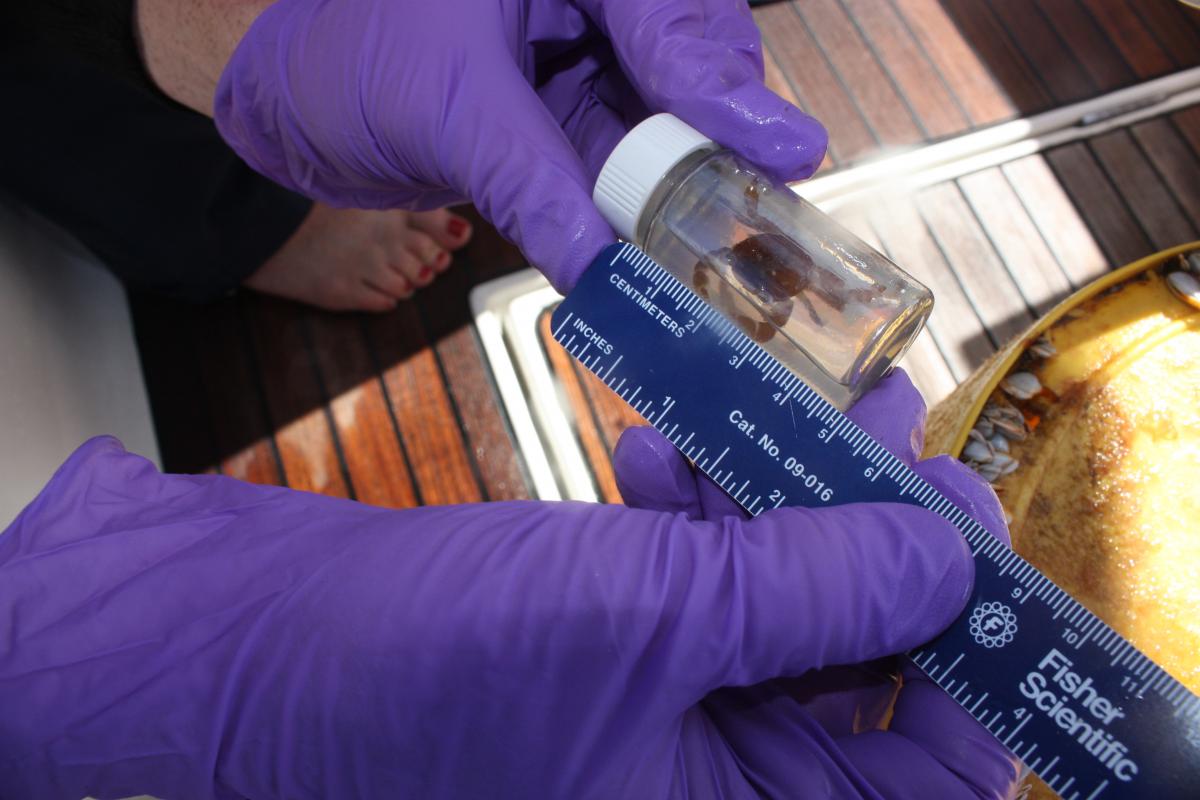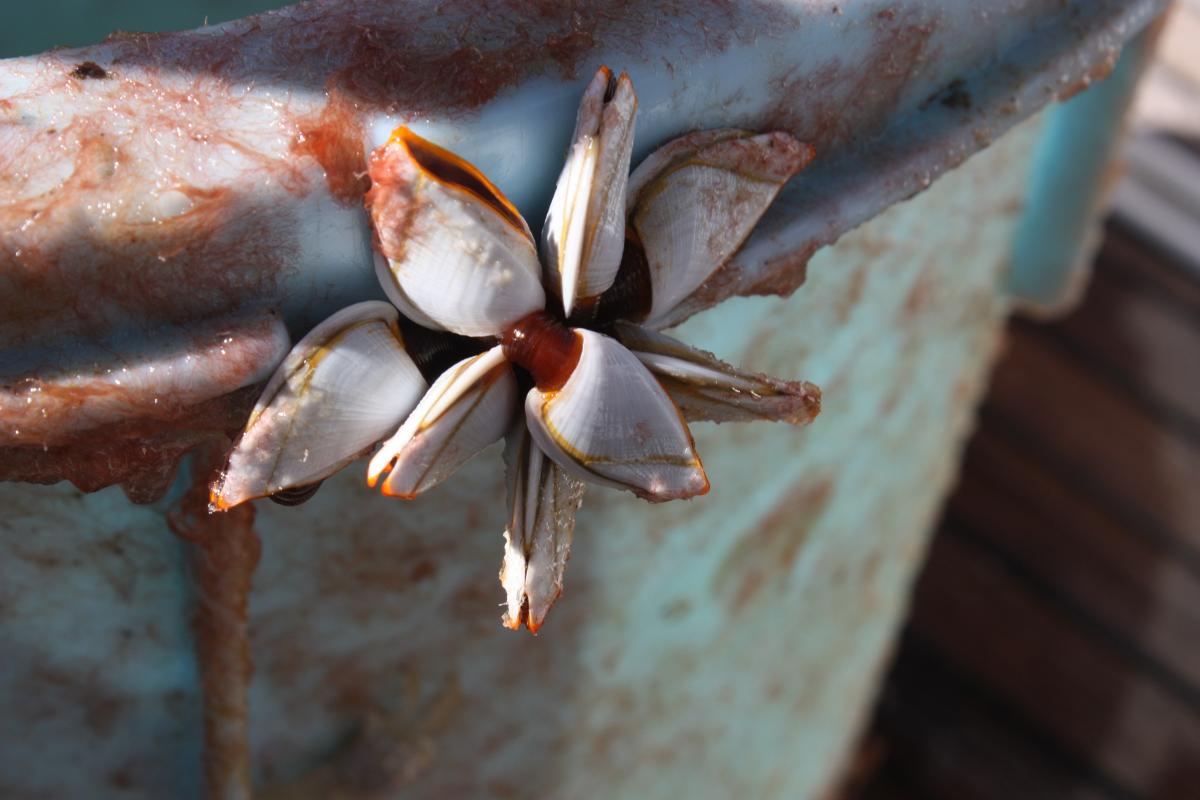Floating Ocean Ecosystem Tracker
Help understand marine organisms that are living on plastics at sea!
We know that plastics harm marine organisms by ingestion and entanglement, but what roles do plastics play in moving animals across oceans? Our scientists are trying to figure that out and you can help!
The What

The Marine Invasions lab studies plastic pollution in our oceans. Plastic pollution is a known danger to marine wildlife as they can become entangled in or eat plastic, causing injury or death. However, did you know that floating plastic can also carry marine animals and plants from one place to another? Scientists have found that some coastal species, carried from land to sea on plastic litter, can survive for not only weeks or months, but even years on these plastic rafts! Our scientists are identifying these animals and plants and are trying to figure out plastic pollutions’ role in carrying organisms around the world.
The Why


Plastics can float really well and are slow to break down, so plastic litter makes new places for marine plants and animals to grow and be carried from one place to another. Marine animals and plants from our coasts, like mussels, barnacles, and seaweeds, can settle on plastic pollution and circulate in the ocean for years, in some cases traveling far enough to reach new shores. Hitchhiking species introduced to new areas can cause local ecosystems to become unbalanced, by taking over the resources that local species need to survive. Therefore, our researchers are trying to figure out how floating plastics provide homes for coastal marine animals and plants until they reach new lands.
How to Get Involved
* We are not currently accepting new volunteers *
Do you have a boat, live on the West Coast or Hawaii, and want to join our team in collecting plastics to help identify ocean drifters?
Learn how to register and get involved HERE!
Register Here
*We are not currently accepting new volunteers*
Thank you very much for your interest in the Floating Ocean Ecosystem Tracker project. This project works with a great community of collaborators to study the animals and plants living on floating plastic litter in the open ocean.
Our volunteer scientists collect floating plastic in an area of the Pacific Ocean commonly known as the Great Pacific Garbage Patch. If you have a boat and plan to cross the Pacific from California to Hawaii or vice versa, you may be able to join in the effort! While on your journey, you would collect floating plastics and sample the attached animals and plants following a provided Smithsonian protocol. If you would like to participate, please answer the questions below. Once we’ve received your response, we’ll contact you with more information.